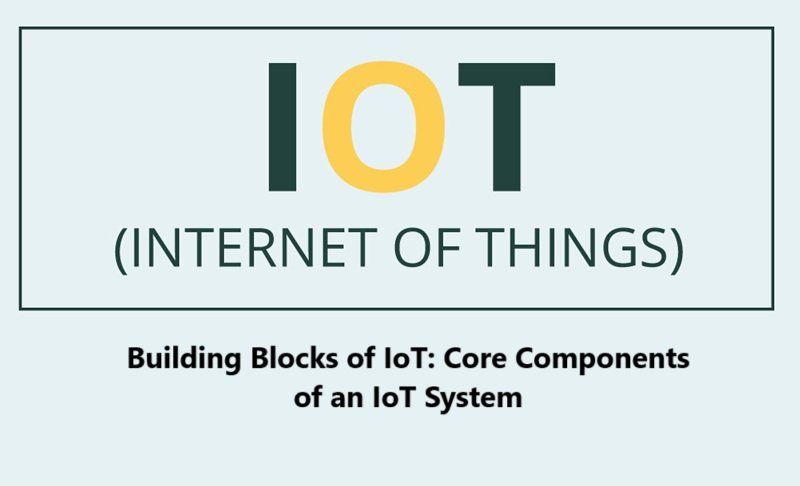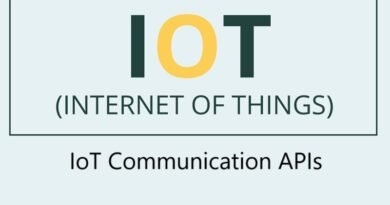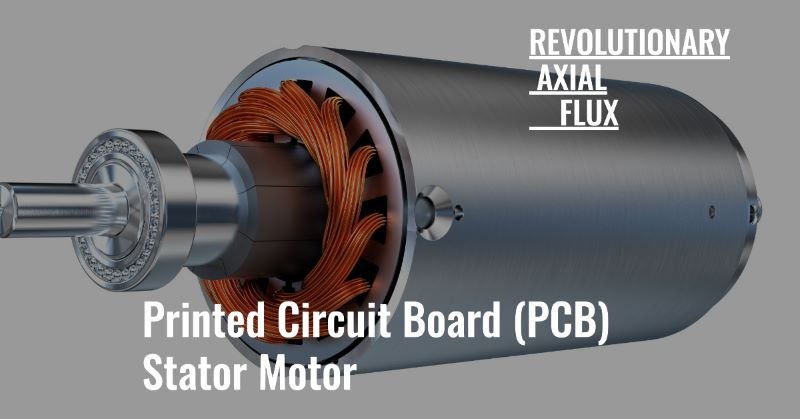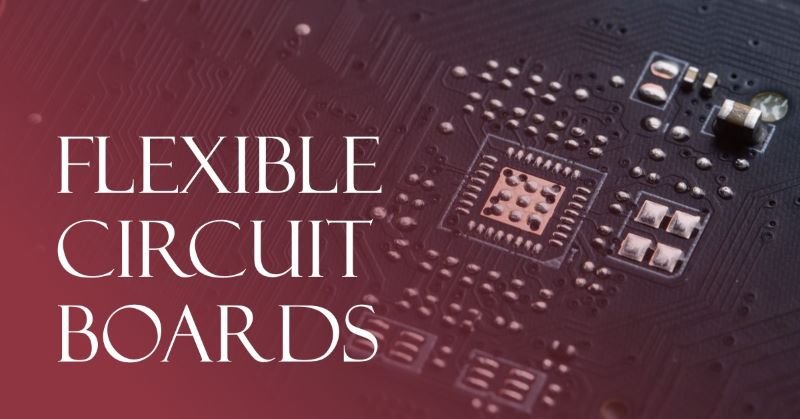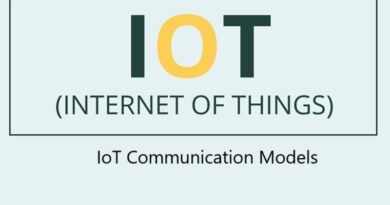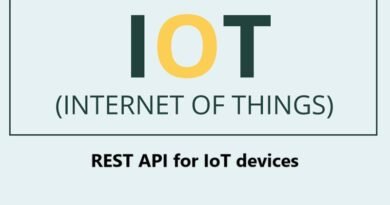Building Blocks of IoT: Core Components of an IoT System
The Internet of Things (IoT) is an ecosystem that connects various physical devices, sensors, and systems to the internet, enabling them to collect, exchange, and analyze data to make intelligent decisions. To build an efficient and functional IoT system, several key components or building blocks are required. These building blocks ensure the seamless flow of data, efficient device management, and successful interaction between IoT devices and other systems.
In this article, we will explore the building blocks of IoT, which consist of the following essential components:
- Sensors and Actuators
- Connectivity
- Edge Computing
- Data Processing and Storage
- IoT Platforms
- Data Analytics and Visualization
- Security
- Applications and Services
1. Sensors and Actuators
Sensors:
Sensors are the fundamental components in any IoT system as they are responsible for collecting data from the physical environment. They convert real-world physical parameters (such as temperature, humidity, light, motion, pressure, etc.) into electrical signals that can be processed by microcontrollers or transmitted over networks.
- Examples:
- Temperature Sensors: Used in applications like smart thermostats and climate control systems.
- Motion Sensors: Utilized in security systems and smart lighting.
- Gas Sensors: Used for detecting harmful gases in industrial environments.
Actuators:
Actuators are devices that take action based on data received from sensors or external commands. They convert electrical energy into physical motion or actions to control devices such as motors, valves, lights, or machines.
- Examples:
- Motors: Control movement, such as in robotics or automated machinery.
- Valves: Regulate fluid flow in industrial processes.
- Lights: Turn on or off based on external conditions, such as in smart homes.
2. Connectivity
Connectivity is crucial for transmitting data between IoT devices, sensors, gateways, and cloud platforms. The communication between components can take place using various network technologies, such as:
- Wi-Fi: Common for home and office IoT applications.
- Bluetooth and BLE (Bluetooth Low Energy): Suitable for short-range, low-power applications like wearables.
- Zigbee: Used in home automation, enabling devices to form mesh networks for better range.
- LoRaWAN (Long Range Wide Area Network): Ideal for long-range IoT communication with low power consumption.
- Cellular Networks (4G/5G): For mobile and large-scale IoT applications requiring wide-area connectivity.
- Ethernet: Often used for stable, wired communication in industrial and business settings.
These communication protocols enable IoT devices to transfer data over short, medium, or long distances, depending on the application’s needs.
3. Edge Computing
Edge Computing refers to the practice of processing and analyzing data closer to where it is generated, rather than sending it all to the cloud for processing. It reduces latency, bandwidth usage, and the need for continuous communication with cloud servers.
- Edge Devices: These devices can be gateways, microcontrollers, or embedded systems that collect and process data locally before sending it to the cloud or other devices.
- Use Cases: Real-time applications such as autonomous vehicles, industrial robots, and health monitoring systems where immediate responses are required.
Benefits:
- Low Latency: Faster decision-making as data is processed locally.
- Reduced Bandwidth: Less data needs to be sent to the cloud, saving network bandwidth and reducing cloud storage costs.
- Improved Reliability: By processing data at the edge, the system becomes more resilient to network failures.
4. Data Processing and Storage
Data collected from IoT sensors needs to be processed, stored, and analyzed to generate insights. This involves both data storage and data analytics:
Data Storage:
IoT systems generate vast amounts of data, which need to be stored in databases or cloud platforms for future analysis. Common storage options include:
- Cloud Storage: For scalable and distributed storage of large datasets, such as AWS, Google Cloud, and Microsoft Azure.
- On-Premise Storage: Used in cases where data privacy, control, or low-latency requirements demand local storage solutions.
- Edge Storage: Temporary storage at the edge to support local processing before syncing with the cloud.
Data Processing:
Data processing involves filtering, aggregating, and analyzing raw data to derive useful insights. This may be done in real-time (real-time processing) or in batches (batch processing).
- Real-Time Processing: Involves immediate analysis and response, useful for applications like predictive maintenance and autonomous vehicles.
- Batch Processing: Used for analyzing large sets of data over time, such as in demand forecasting or trend analysis.
5. IoT Platforms
An IoT platform serves as the middleware that connects devices, sensors, applications, and cloud services. These platforms provide tools for device management, data storage, analytics, and application integration. Popular IoT platforms include:
- Amazon Web Services (AWS) IoT: Provides cloud services for securely connecting devices, processing data, and running applications.
- Google Cloud IoT: Offers a suite of services for managing and analyzing IoT data using Google’s cloud infrastructure.
- Microsoft Azure IoT: A cloud-based platform that supports the integration of IoT devices, data analytics, and machine learning for building IoT applications.
- ThingSpeak: An open-source IoT platform for real-time data collection and analysis.
These platforms streamline the development of IoT solutions by offering pre-built functionalities such as device management, data processing, and security features.
6. Data Analytics and Visualization
Once data is collected and processed, it must be analyzed to extract meaningful insights. Data Analytics in IoT systems helps with predictive maintenance, operational optimization, and decision-making. Analytics tools use techniques like machine learning and AI to uncover patterns and make predictions based on historical data.
Data Visualization helps make sense of large datasets by presenting them in a visual format, such as dashboards or graphs, making it easier for users to interpret the information.
- Examples:
- Predictive Analytics: Used in smart manufacturing to predict equipment failure before it happens.
- Visualization Dashboards: Provide real-time insights into various IoT devices, such as monitoring the energy consumption of a smart building.
7. Security
Security is one of the most critical building blocks of IoT, as the growing number of connected devices introduces potential vulnerabilities. Securing IoT systems involves several aspects:
- Authentication and Authorization: Ensuring that only authorized users and devices can access IoT networks and services.
- Data Encryption: Protecting data in transit and at rest to prevent unauthorized access.
- Network Security: Using firewalls, intrusion detection systems, and secure communication protocols to protect IoT devices and networks.
- Device Security: Implementing secure boot mechanisms, firmware updates, and device-level protection to prevent tampering.
As IoT devices are deployed in critical areas such as healthcare, smart cities, and industrial control systems, maintaining strong security practices is essential to prevent data breaches, hacking, or service disruptions.
8. Applications and Services
Finally, applications and services are the end result of IoT systems, which deliver tangible value to users and businesses. These applications take the data provided by IoT sensors, process it through the platform, and deliver actionable insights or control.
- Smart Homes: Applications that allow users to control devices like lights, thermostats, and locks remotely.
- Smart Agriculture: Systems that monitor soil moisture, weather conditions, and plant health, enabling more efficient farming.
- Healthcare: Wearables and health monitoring systems that collect patient data and send it to medical professionals for real-time monitoring.
- Industrial Automation: IoT solutions that enable the monitoring and control of machinery, production lines, and supply chains in real-time.
These applications provide the interface through which users interact with IoT systems and receive the benefits of automation, control, and data-driven insights.
Conclusion
The building blocks of IoT are essential components that together form the foundation of successful IoT systems. From sensors and actuators that gather and act on data, to connectivity that links devices, data processing and storage that analyze and store information, and security that protects the system, every component plays a vital role in ensuring the effectiveness and reliability of IoT applications.
By understanding and carefully integrating these components, businesses and individuals can build scalable, secure, and high-performance IoT solutions that improve everyday life, enhance operational efficiency, and drive innovation across industries.
